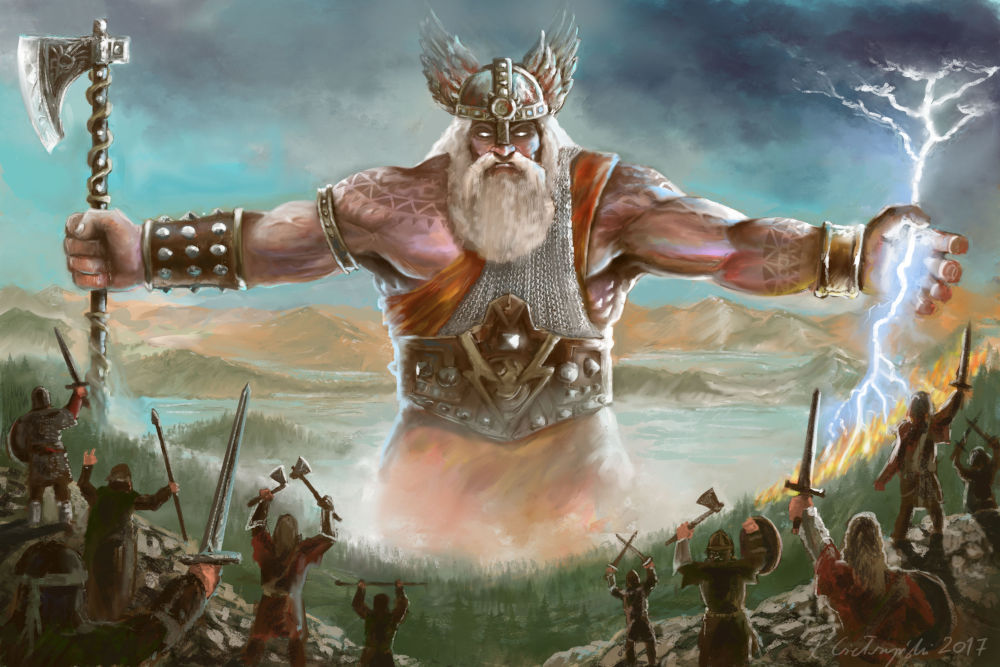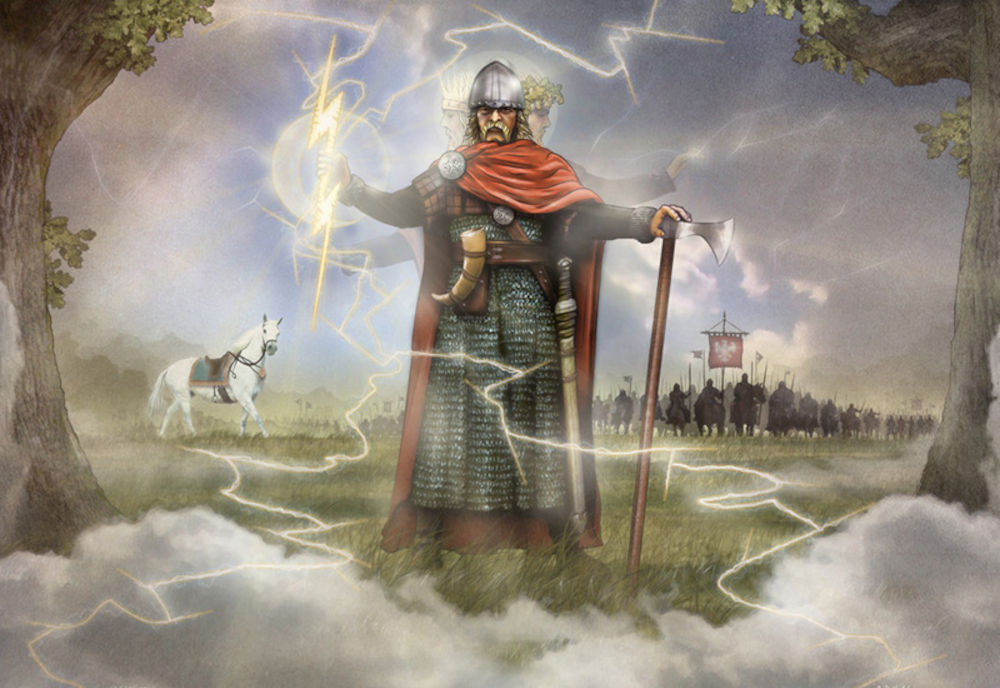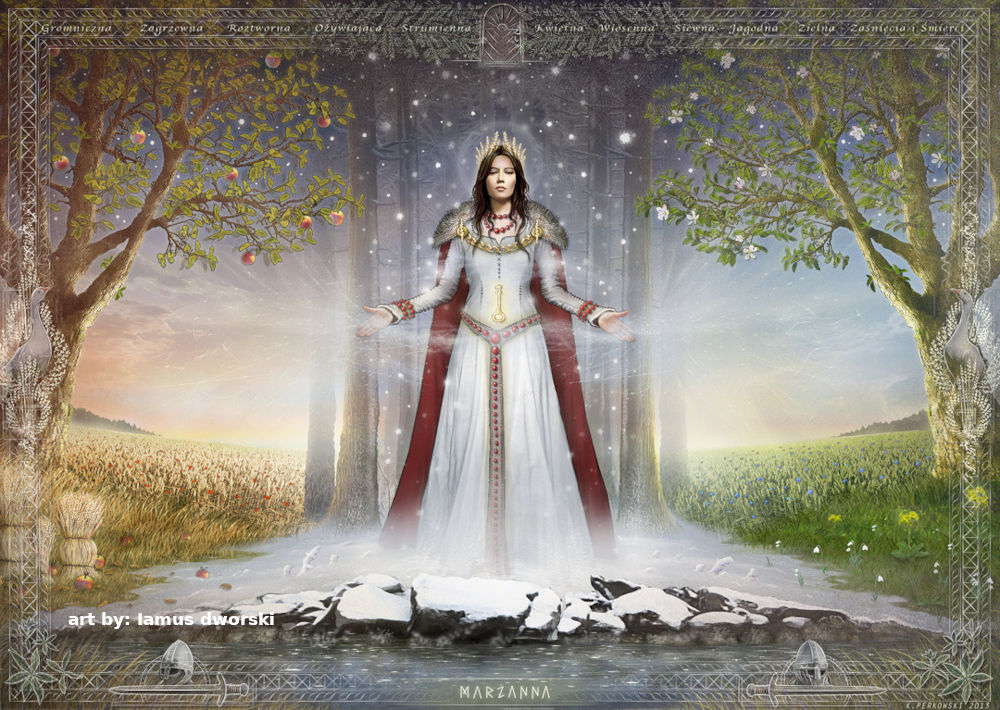Diocletian’s palace 2
- Home
- Croatian Culture and History
- Diocletian’s palace 2
Diocletian’s palace 2
- access_time 3 July 2020
- account_circleCroatian Culture and History
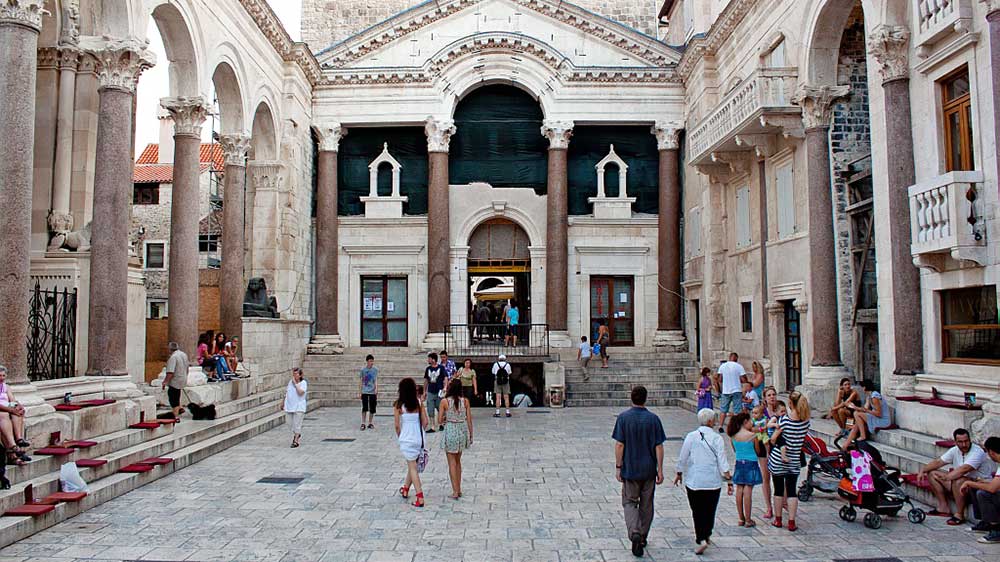
The Vestibule
Once a monumental entrance into the residential part of the palace, and, believe it or not, until 50 years ago a residence itself with a small garden and poultry, today the Vestibule is a circular area with an open dome which serves as one way to get further into the palace. The wall of the vestibule is covered with semi-circular niches which once housed various statues and the roof was covered with a glistening, multi-colored mosaic. Today, during the summertime, you may come across a Klapa in the Vestibule. Klapa is the name of traditional Dalmatian acapella singing groups, and the Vestibule offers perfect acoustics for these talented singers.
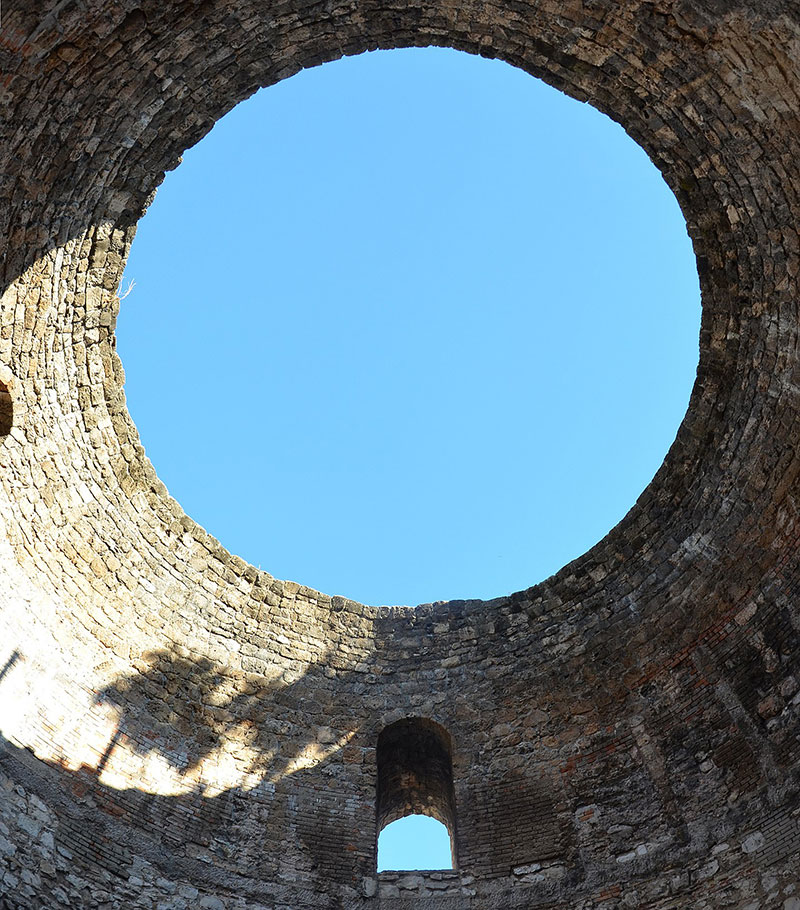
Image source: https://en.wikipedia.org
The Temple of Jupiter
Dicoletian was a very religious man who believed in the Roman pantheon which for him held great importance. Every Roman citizen had a sort of a personal deity they worshiped more than the others, and for Diocletian this was the God Jupiter, for who he built a temple to the West of the Vestibule. The temple is built on a raised podium and it once had a roofed deck with 6 columns. It housed the statue of Jupiter, but in the 13th century, the Christian population turned the temple into a baptistry and placed a statue of John the Baptist inside. In front of the temple, you will find one of the several original Egyptian sphinxes which Diocletian received as a gift.
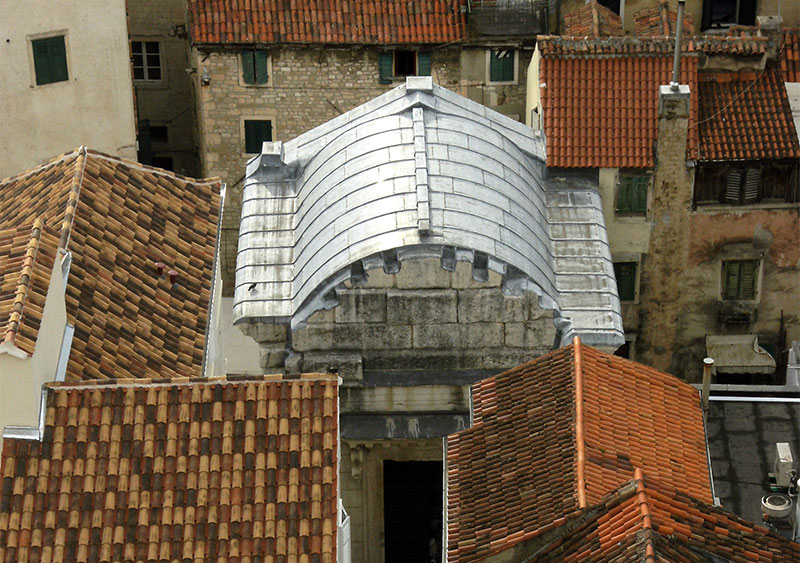
Image source: https://en.wikipedia.org
The Peristile
The Peristile is the main square of the palace which once housed several temples to Roman gods. This was the place where Diocletian would appear on a balcony leading out of the vestibule and speak to the people living in the palace which would then approach him and kiss his crimson cloak or deeply bow in front of him.
When the new town square in Split was built in the 14th century, Peristile became the religious center of the city while the political functions were moved to the new square. Today, the Western side of the square is bordered by mansions of old Split families which themselves became a sort of a monument due to their renaissance and Gothic architecture. If you want to feel like a Roman citizen yourself, we suggest sitting down on the steps of the Peristile and having a coffee in the evening, enjoying the lights bouncing of the ancient stone.
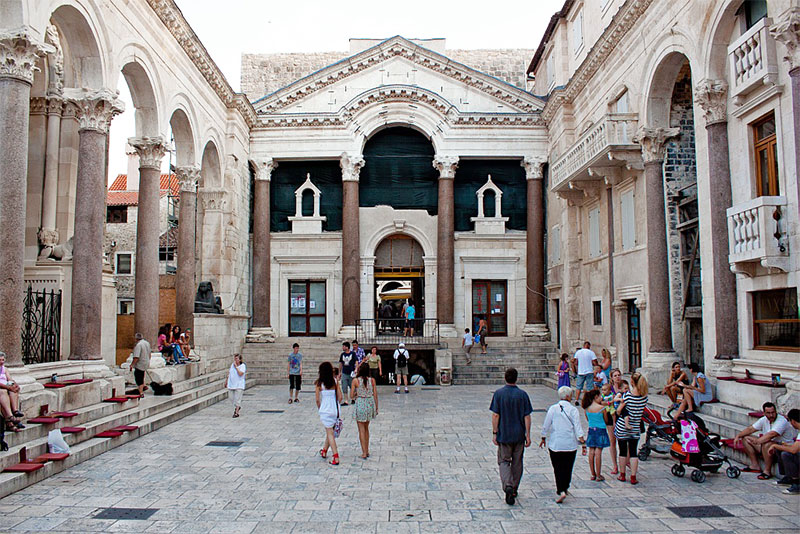
Image source: https://en.wikipedia.org
The Palace Basements
The basements of Diocletian’s palace represent one of the best preserved antique complexes of its kind. In the Roman era, their function was to elevate the emperor’s quarters, but they were also used as a storage space for the palace. They are almost almost a 1 to 1 replica of Dicoletian’s quarters on the upper floor!
In early medieval times, the basement was used as a residence area, but later they became almost a septic tank for the newly built houses on top of it. Thankfully, the basements were cleared out at the beginning of the 19th century, which is also when reconstruction work in them started.
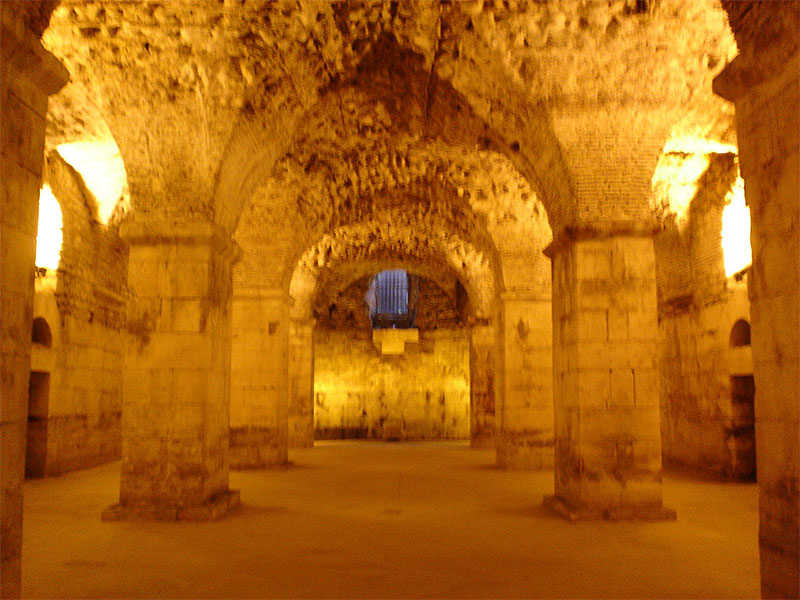
Image source: https://en.wikipedia.org
Today, you can find a small market inside with clothes, souvenirs, paintings etc. in the stretch between the promenade and the Peristile. The area is sometimes used to house plays and other cultural manifestations, and you can even explore the rest of the basements yourself!


